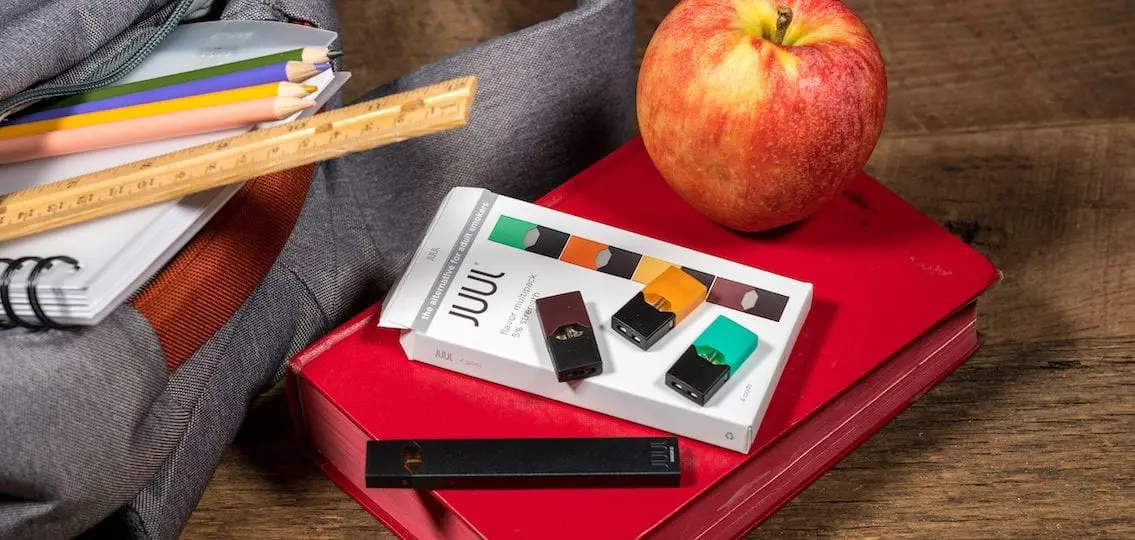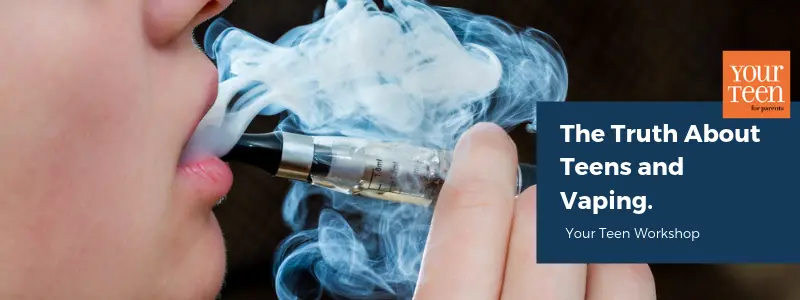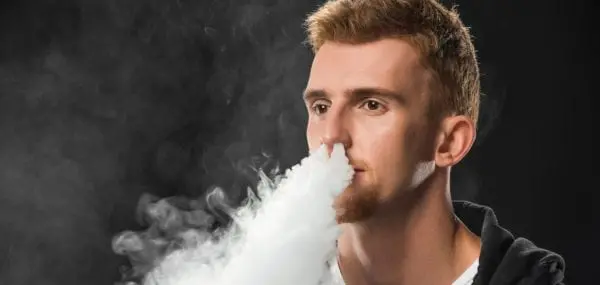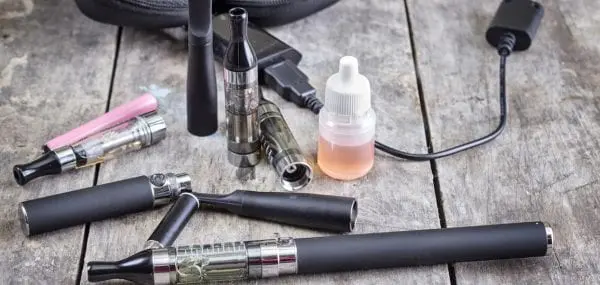I have so much to worry about as the parent of teens. My kids are growing up and their world is filled with temptations and invitations to engage in risky behavior.
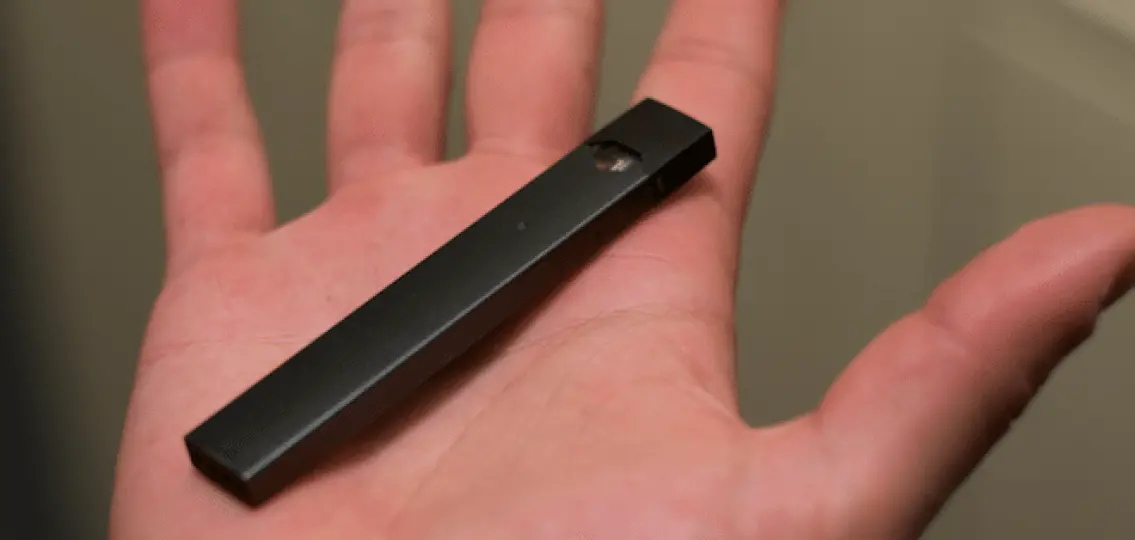
It’s not just the influence of their friends I have to worry about. It’s also the products that companies are marketing to them.
In recent years, we’ve had to worry about vaping. For those unfamiliar with the term, vaping is the use of a battery-powered device to inhale nicotine. The term “juuling” refers to a type of vaping done via a Juul device. What is Juuling? It’s a brand of e-cigarette that looks like a small flash drive. It makes little puffs of vapor when it’s used. The liquid used in vaping and juuling comes in many sweet and spicy flavors. This makes juuling more appealing to kids who would never think of smoking a tobacco product.
Now Juul is taking steps to discourage teens and tweens from using their products—and giving parents a little help in protecting our kids.
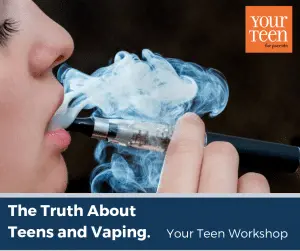
The flavored pods used in e-cigarettes are extremely popular with high school and middle school students. And concern about e-cig use among minors is growing. The Washington Post reports government and public pressure has been strong for e-cigarette companies to do more to limit access to children. In fact, the Food and Drug Administration is expected to impose sweeping restrictions on the sale of e-cigarette products. This may be what prompted Juul’s decision to pull the popular flavors.
The rise of vaping and juuling has led to the myth that this type of nicotine product is safer than traditional tobacco products. But the startling reality is that the amount of nicotine found in one Juul cartridge is equivalent to one pack of cigarettes.
There is abundant research on the negative impacts of nicotine, from increased cancer risks and respiratory problems to more frequent asthma attacks and symptoms, but kids may not be aware of the dangers of vaping and juuling even if they are familiar with the risks of nicotine.
Allison B., a middle school teacher in Maine, thinks it’s a matter of educating kids about e-cigarettes the same way in which we have educated them about tobacco. “The fact it tastes like candy could be part of their motivation and may be the reason kids continue to use.”
Juul will still sell flavors such as mint, menthol and tobacco. But many parents will be relieved at the decision to pull certain flavors that are popular with kids and to stop advertising via social media. “I’m glad to hear they are taking a step in the right direction,’ says Lisa S., the mom of one teen and two tweens. “We need to educate our kids that inhaling anything is harmful.”
However, it is important to note that the industry as a whole is not regulated.
While Juul brand has pulled these products, other brands — there are over 460 – have stepped in to provide the flavors that appeal to teens.
The answer may lie in much more far-reaching legislation, like the work that Tobacco twenty-one is doing to raise the legal age for purchasing tobacco to 21. Their argument is that early exposure to nicotine predisposes the brain to addiction. Thus far, seven states and 450 cities and counties in 25 states have raised tobacco sales to 21, and the results are promising. For example Needham, Massachusetts has shown a 48% decline in teen tobacco use since the age has shifted.
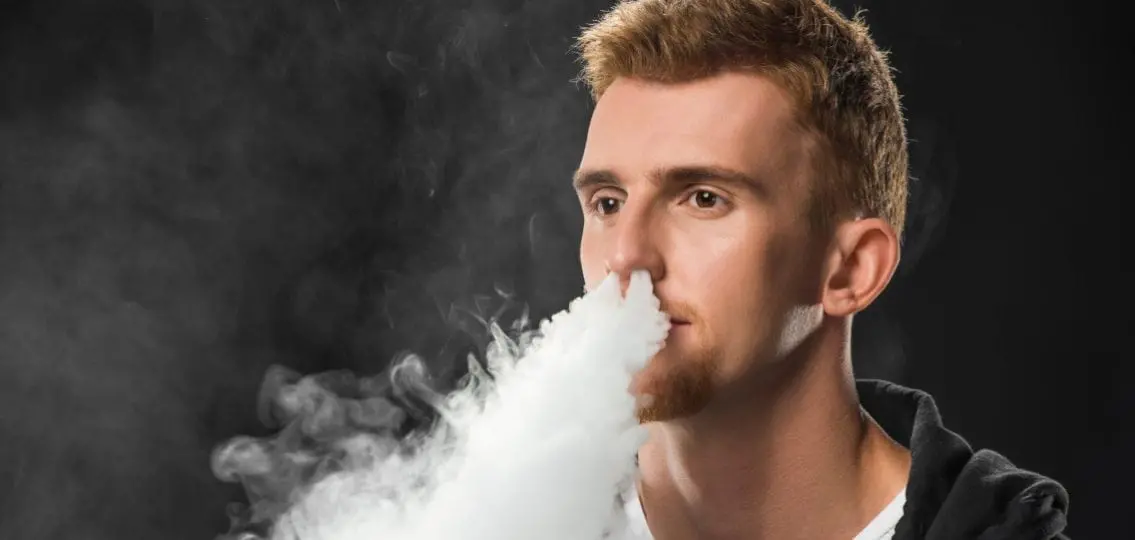
I’ll keep monitoring what my teens are doing, and what advertising is directed their way. But it’s good to know that limited availability and increased restrictions will make e-cigarette products less appealing to them.
